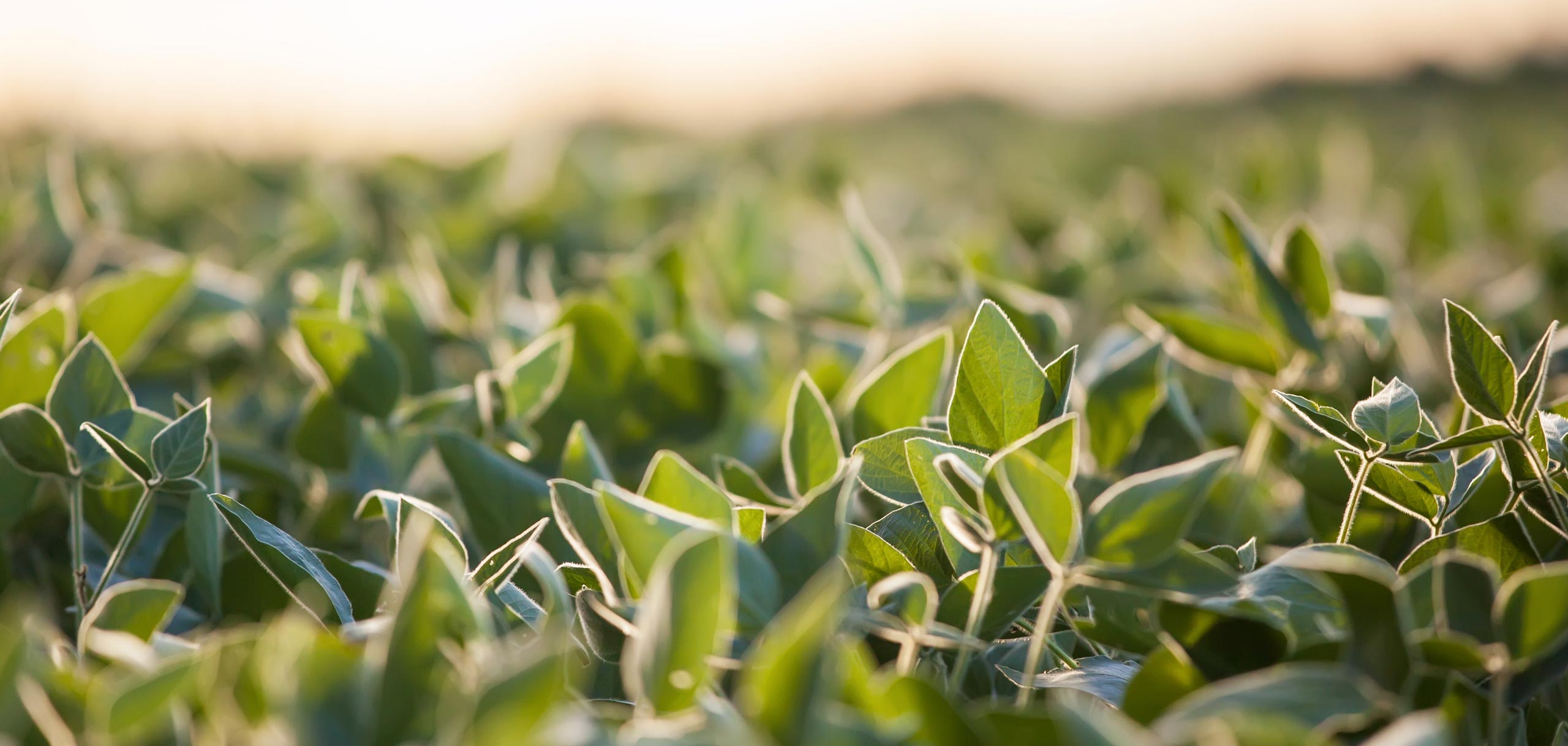USSEC Participates in ISGA’s Second Mission to China
- Category:
- General News

USSEC participated in the International Soy Growers Alliance (ISGA)’s second mission to China from April 20-23. USSEC chairman Laura Foell, American Soybean Association (ASA) chairman Wade Cowan and United Soybean Board (USB) chairman Bob Haselwood traveled to Beijing, along with USSEC CEO Jim Sutter, USSEC Marketing Director – Market Access/ Freedom to Trade (FTO) Rosalind Leeck and USSEC consultant Pablo Adreani. They joined farmers from Brazil, Argentina, and Paraguay as a united front through the ISGA.

The ISGA is comprised of growers and industry representatives from countries that supply over 95 percent of the world’s soybean production. Argentina, Brazil, Canada, Paraguay, Uruguay and the U.S. share a commitment to meet rapidly increasing world demand for quality and healthy soy products produced in a sustainable and environmentally-friendly manner. The ISGA is a single voice in opposing market restrictions and scientifically unsound non-tariff barriers to trade relating to health, environmental, chemical residues and biotechnology approvals, working to develop best agricultural and environmentally friendly practices for the entire feed and food chain.
“It’s no secret that soy is part of a global market,” stated Mr. Haselwood. “We need a coordinated effort across North America, South America and China to work toward timely international approvals for new biotech traits to grow a safe, reliable and abundant food supply that is profitable for both producers and consumers.”
On April 21, the U.S. Soy team participated in the ISGA Forum Plenary Session where ISGA’s white paper, “The Potential Economic Impacts of Delayed Biotech Innovation in Soybeans” was presented. The next day, ISGA teams met with targeted Chinese governmental agencies to deliver the white paper, additionally meeting with ISGA members’ embassies. On the final day, an ISGA debrief and planning meeting was held where teams reported on their meetings with Chinese embassies and discussed future messages, strategies and ISGA activities in China. USSEC gave a presentation on a proposed joint ISGA project and talked about its American Professional Farm Women in China programs and its American Soy Farm website.
“The global supply chain is a powerful economic engine that benefits not only farmers and consumers, but stakeholders at each stage in between,” declared Mr. Cowan. “It is a point of pride for U.S. soybean farmers that the beans we grow produce an entire secondary economy of jobs in the U.S. and in each of our export markets. We’re also proud that our beans play such a key role in supporting economies as their citizens demand more meat protein, as is the case in China. Those benefits, however, can’t take place if the approvals process breaks down, and that’s why we’re over here, working to ensure that we have a system that works for both the Chinese and their import partners in the U.S. and South America.”
China leads the world as the largest soybean market and continues to be a growing market for U.S. Soy, consuming a total of 76.2 million metric tons (MMT) of soybeans in FY13, of which 59.9 MMT were imported from North and South America, accounting for 62.8 percent of the world’s soybean trade. China is also the largest importer of U.S. soybeans, purchasing 21.5 MMT of U.S. soybeans, accounting for 26.1 percent of U.S. soybean production in FY13 and 59.4 percent of total U.S. soybean exports. China imported a total of 1.41 MMT of soybean oil, accounting for 16.6 percent of world soybean oil trade, making China also the number one U.S. soybean oil importer with a total purchase of 207 thousand tons in FY13, which represented 22.1 percent of total U.S. soybean oil exports.
Ms. Foell concluded, “Timely, science-based approvals are crucial in ensuring increased productivity to meet global supply demands. This mission provided an opportunity for the world’s largest soy producers and consumers to learn that resolving approval delays will benefit everyone along the supply chain.”